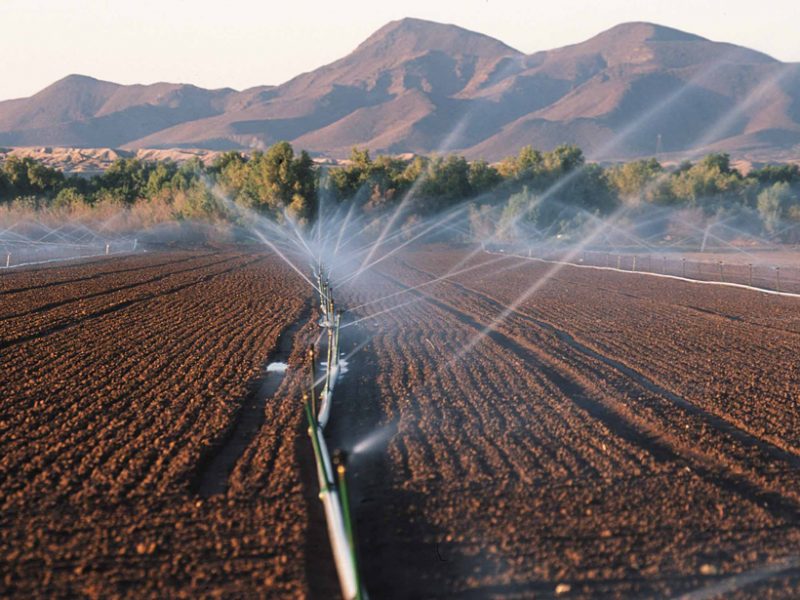The latest edition of AIG News, the Australian Institute of Geoscientists member newsletter is now available in full colour and digital format and best of all FREE for all readers!
Now all AIG Members and Non Members can enjoy our FREE AIG Newsletter in digital format, including all previous editions. Please click here to see our archive of AIG News.
Download the latest copy of AIG News 130 below:
![]() For web: AIG News 130: Download as Single Pages PDF
For web: AIG News 130: Download as Single Pages PDF
![]() For web: AIG News 130: Download as Double Page Spread PDF
For web: AIG News 130: Download as Double Page Spread PDF
![]() For print: AIG News 130: Download as Single Pages PDF
For print: AIG News 130: Download as Single Pages PDF
![]() For print: AIG News 130: Download as Double Page Spread PDF
For print: AIG News 130: Download as Double Page Spread PDF
Inside this latest issue…
 From Your President; Institute News; Membership Updates; Registered Professional Geoscientists Applications; Climate Change: Natural cycles and Unnatural Forcing; Geoscientist Employment Recovery Stalled; A mMob of Geologists and Friends on a Geotrail in the West; Long-term Forecast of Australia’s Mineral Production and Revenue – The Outlook for Gold: 2017-2057; Good Vibrations for Passive Seismic; A Short Report on the NExUS Reunion Workshop; Smart Use of Smart Technology and Data; South Australia Exploration & Mining Conference 2017; International Mining Geology Conference; H2O Insight a Critical Resource; 2017 Tenth International Mining Geology Conference; New Rock for the National Rock Garden; AIG Council & AIG News; Events Calendar and much more…
From Your President; Institute News; Membership Updates; Registered Professional Geoscientists Applications; Climate Change: Natural cycles and Unnatural Forcing; Geoscientist Employment Recovery Stalled; A mMob of Geologists and Friends on a Geotrail in the West; Long-term Forecast of Australia’s Mineral Production and Revenue – The Outlook for Gold: 2017-2057; Good Vibrations for Passive Seismic; A Short Report on the NExUS Reunion Workshop; Smart Use of Smart Technology and Data; South Australia Exploration & Mining Conference 2017; International Mining Geology Conference; H2O Insight a Critical Resource; 2017 Tenth International Mining Geology Conference; New Rock for the National Rock Garden; AIG Council & AIG News; Events Calendar and much more…
AIG News is optimised to be read with Adobe Reader. Versions are available for printing (with Adobe Reader version 4.1.3 or later) or either reading on-line or downloading for reading off-line with your laptop or tablet (with Adobe Reader version 6.1.5 or later). Both versions have been tested and are compatible with Apple Preview and iBooks for Mac and iPad users.
If you experience any difficulty accessing and reading AIG News using the Adobe Reader versions listed here technical support is available.
We hope that you enjoy the latest AIG News and welcome your feedback.
A new study points to groundwater depletion being a major source of carbon dioxide emissions, with estimates that U.S. groundwater depletion could be responsible for releasing 1.7 million tonnes of carbon dioxide to the atmosphere every year.

Humans may be adding large amounts of carbon dioxide to the atmosphere by using groundwater faster than it is replenished, according to a new study. Credit: USDA NRCS
Humans may be adding large amounts of carbon dioxide to the atmosphere by using groundwater faster than it is replenished, according to new research. This process, known as groundwater depletion, releases a significant amount of carbon dioxide into the atmosphere that has until now been overlooked by scientists in calculating carbon sources, according to the new study.
The study’s authors estimate groundwater depletion in the United States could be responsible for releasing 1.7 million tonnes of carbon dioxide to the atmosphere every year.
Based on these figures, groundwater depletion should rank among the top 20 sources of carbon emissions documented by the US Environmental Protection Agency (EPA) and the Intergovernmental Panel on Climate Change (IPCC). This would mean the carbon dioxide emitted through groundwater depletion is comparable to the carbon generated from aluminum, glass, and zinc production in the United States, according to the study’s authors.
“We were somewhat surprised that this hasn’t been accounted for in the literature and in the [EPA and IPCC] evaluations,” said David Hyndman, a hydrogeologist at Michigan State University in East Lansing, Michigan and co-author of the new study accepted for publication in Earth’s Future, a journal of the American Geophysical Union.
Groundwater depletion’s impact on carbon emissions is significant yet relatively small compared to the leading contributors, according to the authors. For example, scientists estimate fossil fuel combustion in the United States is responsible for releasing more than 5 billion tonnes of carbon dioxide into the atmosphere every year, close to 3,000 times the amount released from groundwater depletion. Still, the study authors argue that understanding all sources of carbon dioxide emissions is important for making accurate climate change projections and finding solutions.
“It’s not going to change the way we think about global climate change. It’s just another factor involved that we need to consider,” said Warren Wood, a hydrogeologist at Michigan State University and co-author of the new study.
“This is an idea that a number of us have knocked around a little bit, but I think the approach here is really novel,” said Bill Simpkins, a hydrogeologist at Iowa State University in Ames, Iowa who was not involved in the study. “[Groundwater depletion] is certainly not a documented source that people feel obligated to put in their climate estimates.”
Rain falling from the sky contains the same amount of carbon dioxide as is present in the atmosphere. But soil carbon dioxide levels are up to 100 times greater than carbon dioxide levels in the atmosphere, because soil microbes degrade organic carbon into carbon dioxide. When rainwater hits the ground and percolates through Earth’s rocks and sediments, the water dissolves extra carbon produced by these microbes.
If left to its own devices, this carbon-rich water remains below ground for hundreds to thousands of years before surfacing in oceans or freshwater bodies. But humans are now extracting groundwater at an unprecedented pace to sustain a growing population. The United States alone sucks up nearly 80 billion gallons (303 billion liters) of water from the earth every day to supply drinking water and irrigate crops, enough water to fill Utah’s Great Salt Lake five times every year.
Wood’s research has largely focused on the hydrogeology of arid areas, but he recalls suddenly coming up with the concept for the new study one morning after coffee. “It came to me at about 9:30 a.m. and by 11:30 a.m. I had the first draft of the manuscript done,” Wood said.
In the new study, Wood and Hyndman analyzed groundwater depletion and groundwater carbon chemistry data from the U.S. Geological Survey (USGS) to calculate how much carbon dioxide is likely transferred from groundwater to the atmosphere each year.
USGS scientists estimate that the United States annually depletes 25 square kilometers (9.7 square miles) of groundwater, which contains roughly 2.4 million metric tons (5.2 billion pounds) of bicarbonate. Wood and Hyndman then conservatively assumed that half of the released bicarbonate is converted to atmospheric carbon dioxide.
From this information, Hyndman and Wood estimated the U.S. releases approximately 1.7 million metric tons (3.8 billion pounds) of carbon dioxide a year into the atmosphere from groundwater depletion. This is more than the amount of carbon dioxide produced by the generation of electricity used to power 250,000 households in the United States each year.
Scientists know less about groundwater depletion on a global scale, but Wood and Hyndman predict groundwater depletion releases 9.7 to 13.5 million metric tons (21.4 to 29.8 billion pounds) of carbon dioxide to the atmosphere each year globally.
“This linkage between subsurface water and the atmosphere is a very creative and original synthesis. I’m not aware of anyone who has even suggested this in the past,” said Lenny Konikow, a scientist emeritus at the U.S. Geological Survey who was not involved with the study.
The researchers note that this study is still just a preliminary step, but they hope their study will provoke in-depth research on the role of carbon dioxide from groundwater depletion.
“If we can understand how humans are having an effect, hopefully we can take that next step and try to mitigate some of these effects,” said Hyndman.
American Geophysical Union media release, 16 Nov 2017